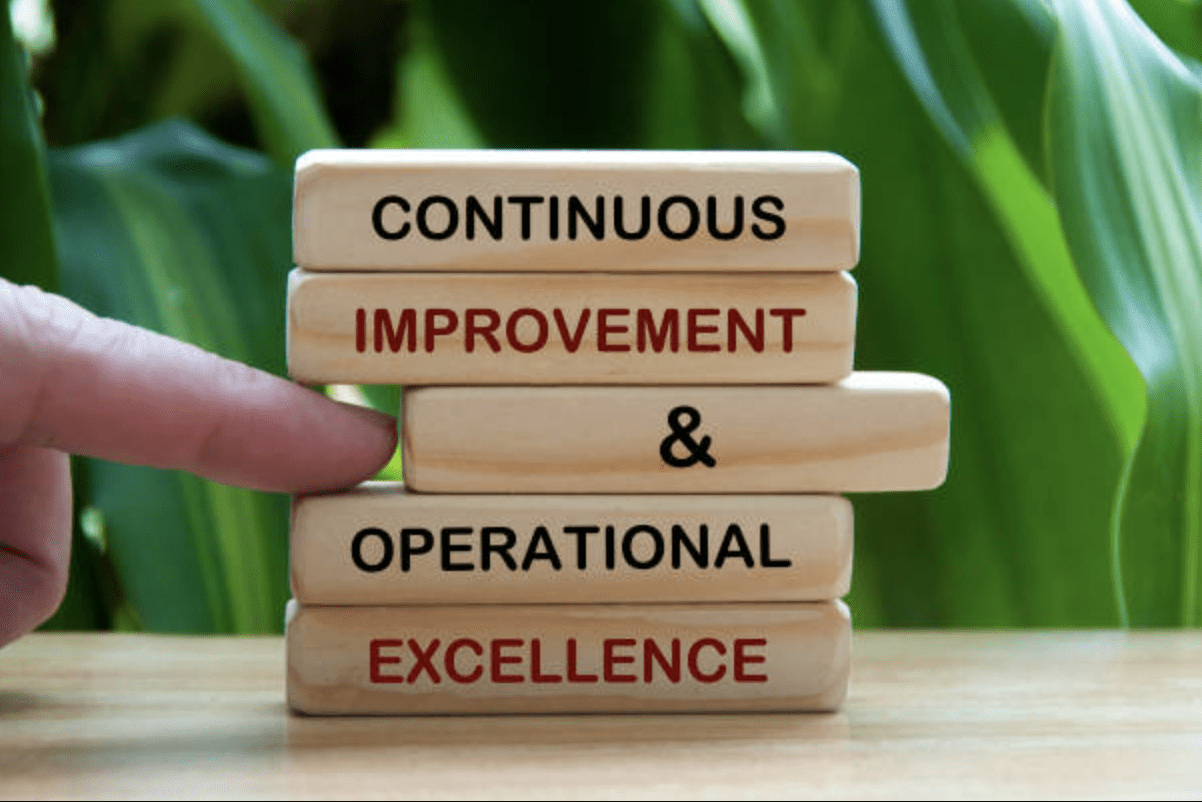Table of Contents
What is Continous Improvement?
Continuous Improvement Frameworks encompasses a set of models (structured methodologies and approaches) that organizations use to identify, analyze, and improve processes, products, or services continually. These frameworks promote a culture of ongoing learning and innovation, emphasizing the pursuit of incremental enhancements to achieve higher efficiency, quality, and customer satisfaction. Continuous improvement is essential for organizations looking to stay competitive and adapt to changing environments.
Benefits
- Efficiency: Continuous improvement frameworks streamline processes, eliminating waste and inefficiencies, leading to cost savings and improved productivity.
- Quality: They focus on enhancing quality standards, reducing defects, and delivering higher-quality products or services to customers.
- Innovation: Continuous improvement encourages innovation by fostering a culture of exploration and experimentation.
- Customer Satisfaction: Improved processes and products often lead to greater customer satisfaction and loyalty.
- Competitive Advantage: Organizations that continuously improve can adapt to changing market conditions and gain a competitive edge.
A Few Models
- PDCA (Plan-Do-Check-Act) Cycle: Many continuous improvement models, like PDCA, involve a cycle of planning, implementing, checking results, and acting on findings. This iterative approach ensures ongoing refinement.
- Root Cause Analysis: These frameworks emphasize identifying and addressing the root causes of problems rather than just treating symptoms.
- Data-Driven Decision-Making: Continuous improvement relies on data and metrics to measure progress and make informed decisions about changes and enhancements.
- Employee Involvement: Employee engagement is a critical component. These models often involve cross-functional teams and encourage input from those closest to the processes being improved.
- Standardization: Standardizing best practices and processes ensures that improvements are applied consistently.
Examples
- Kaizen (Continuous Improvement): A Japanese concept that promotes small, incremental improvements in all aspects of an organization.
- Lean Thinking: Focuses on eliminating waste and optimizing processes to improve efficiency and quality.
- Six Sigma: A data-driven methodology aimed at reducing defects and variations in processes and products.
- Total Quality Management (TQM): A comprehensive approach that emphasizes quality in all aspects of an organization.
- 5S (Sort, Set in order, Shine, Standardize, Sustain): A method for organizing and standardizing workplaces to improve efficiency and safety.
- Total Productive Maintenance (TPM): Focuses on the maintenance of equipment and machinery to ensure consistent production.
- Hoshin Kanri (Policy Deployment): Aligns organizational goals and objectives throughout the company, ensuring focus and consistency.
- Value Stream Mapping: Visualizes the flow of materials and information within processes, identifying areas for improvement.
- Continuous Process Improvement (CPI): An umbrella term for various methodologies and techniques aimed at ongoing enhancement.
- Scrum (in Agile methodology): A framework for project management and product development that promotes iterative improvement and collaboration.
Refernces:
- Image from iStock
